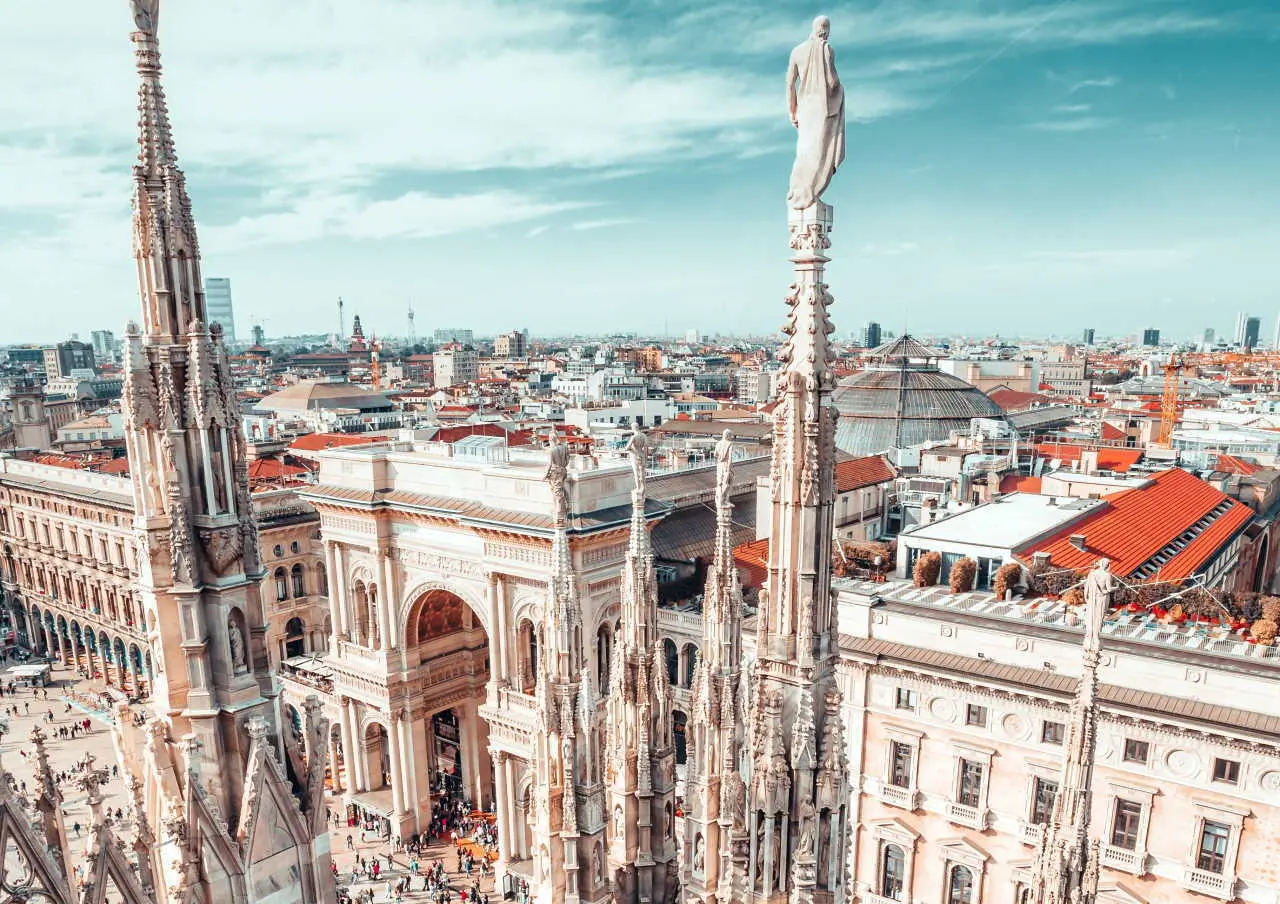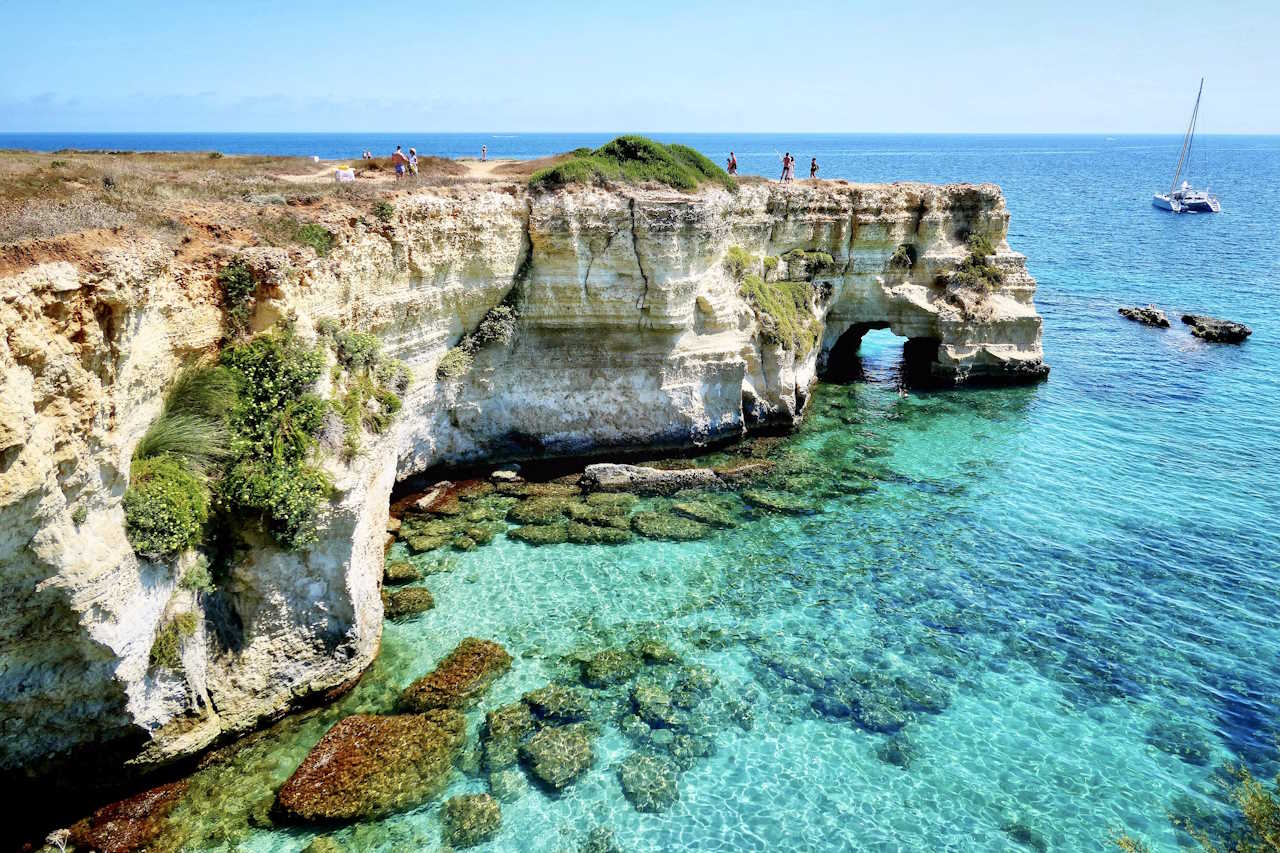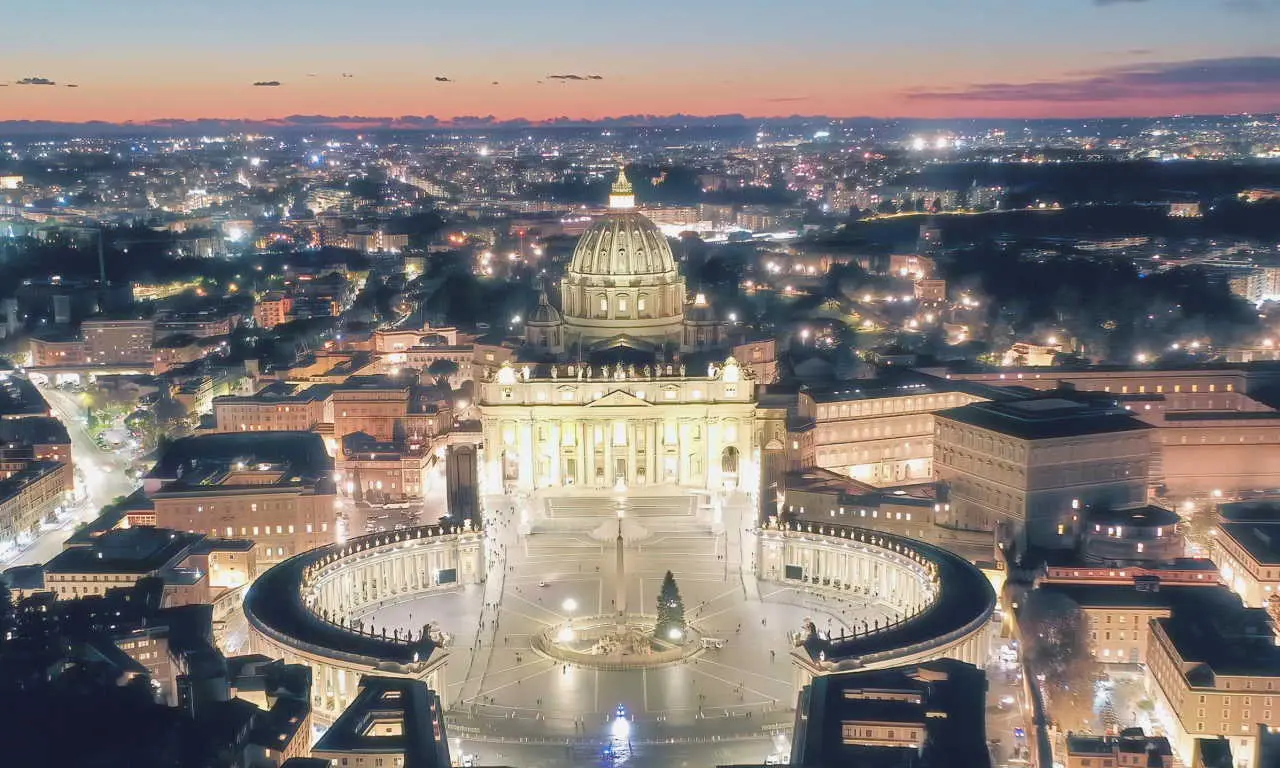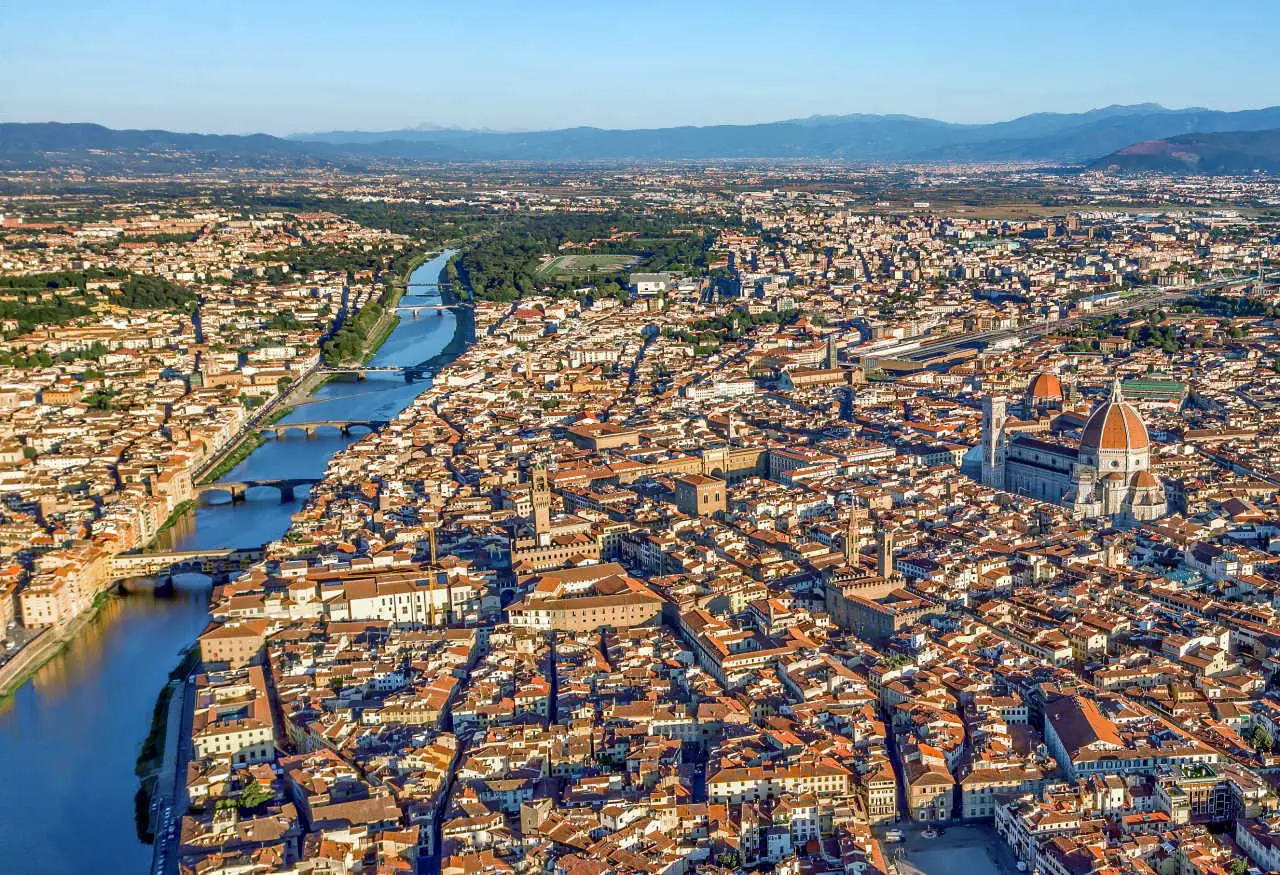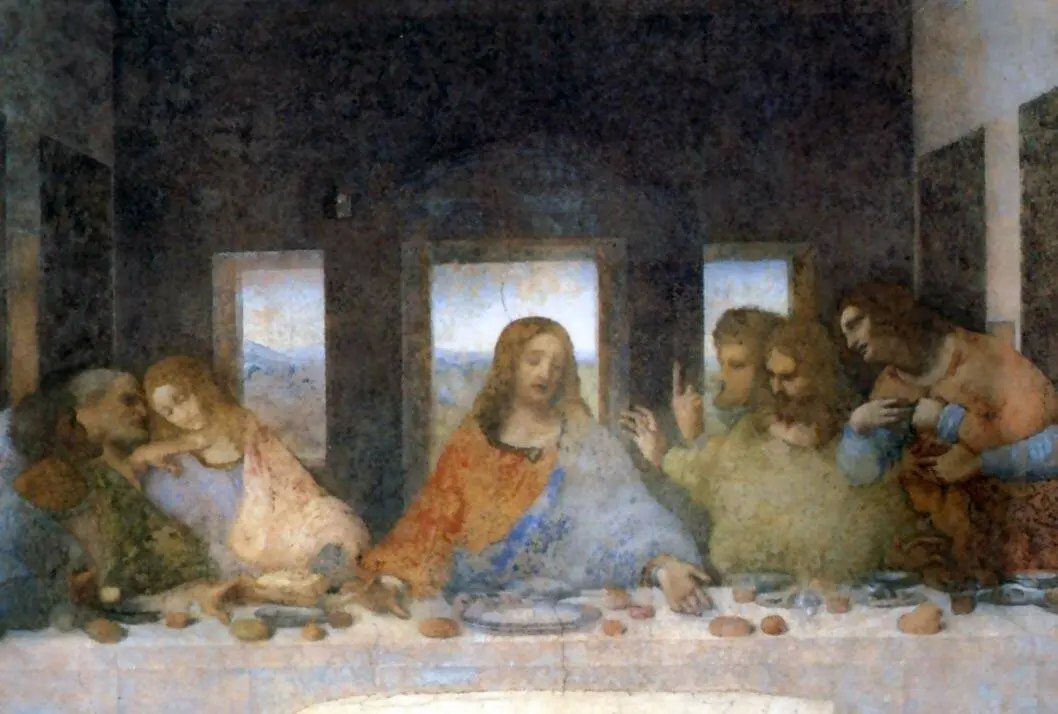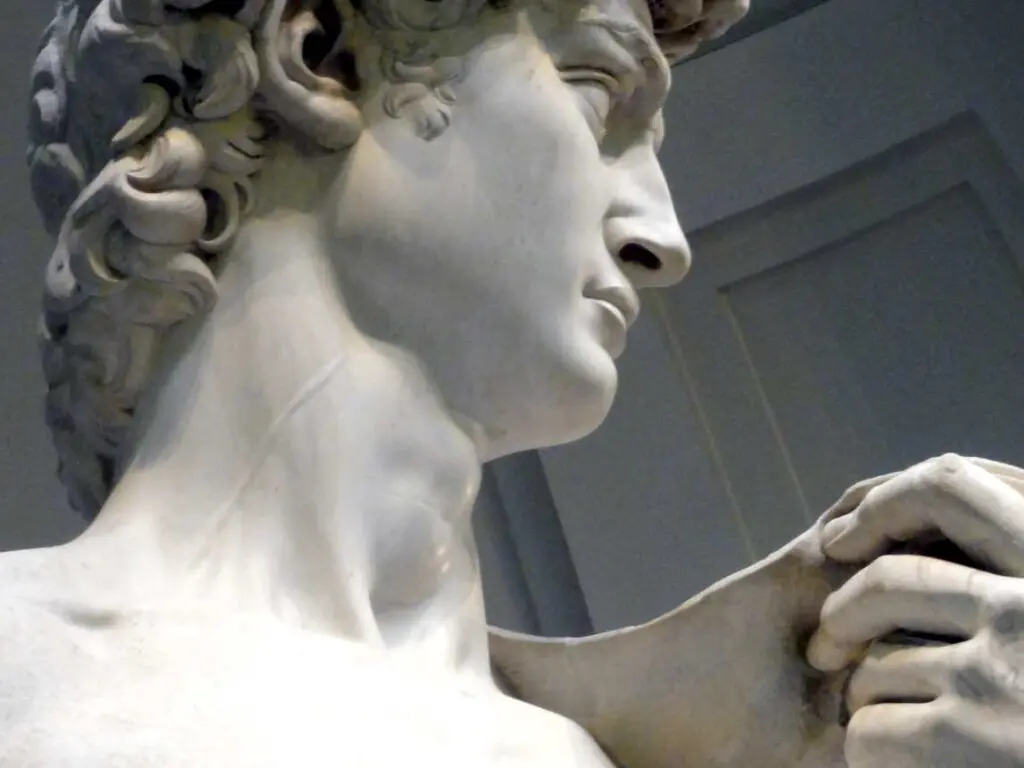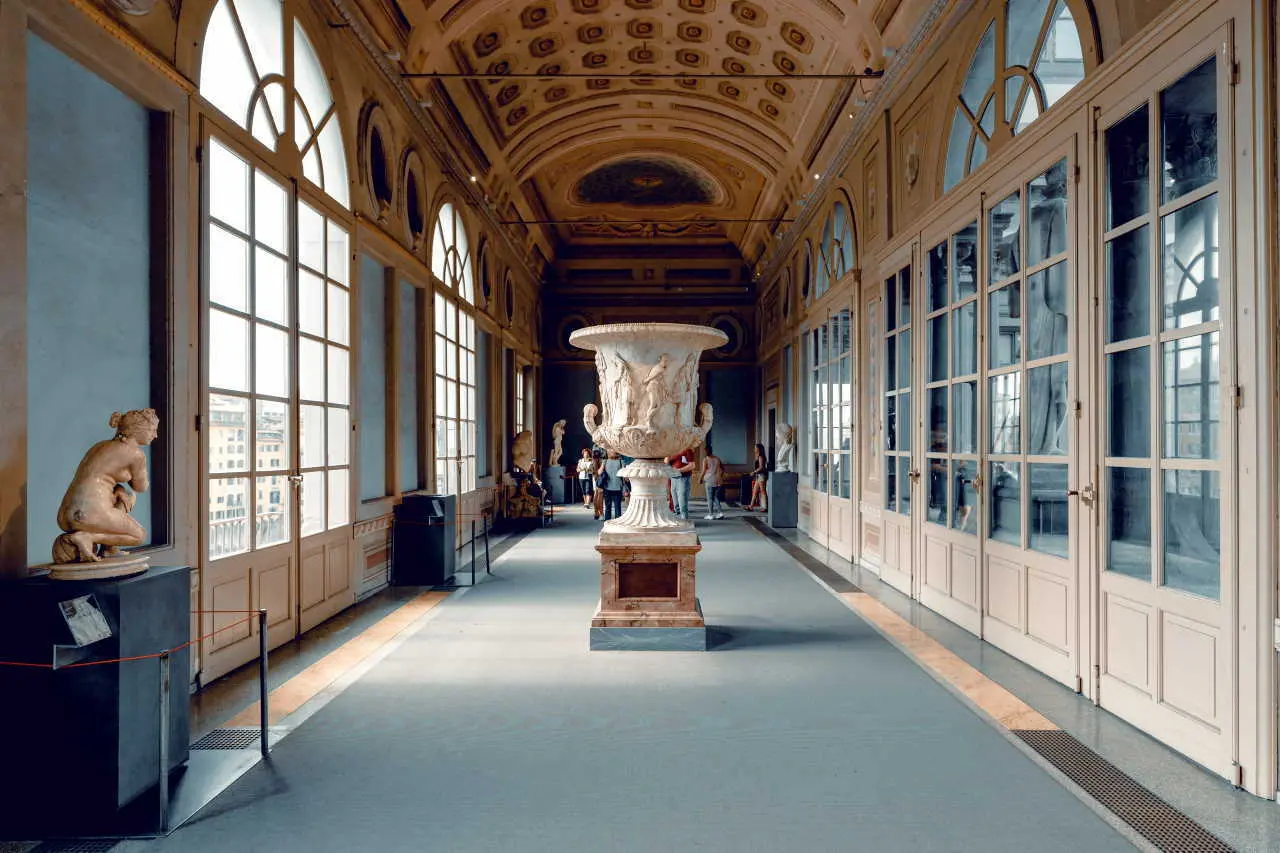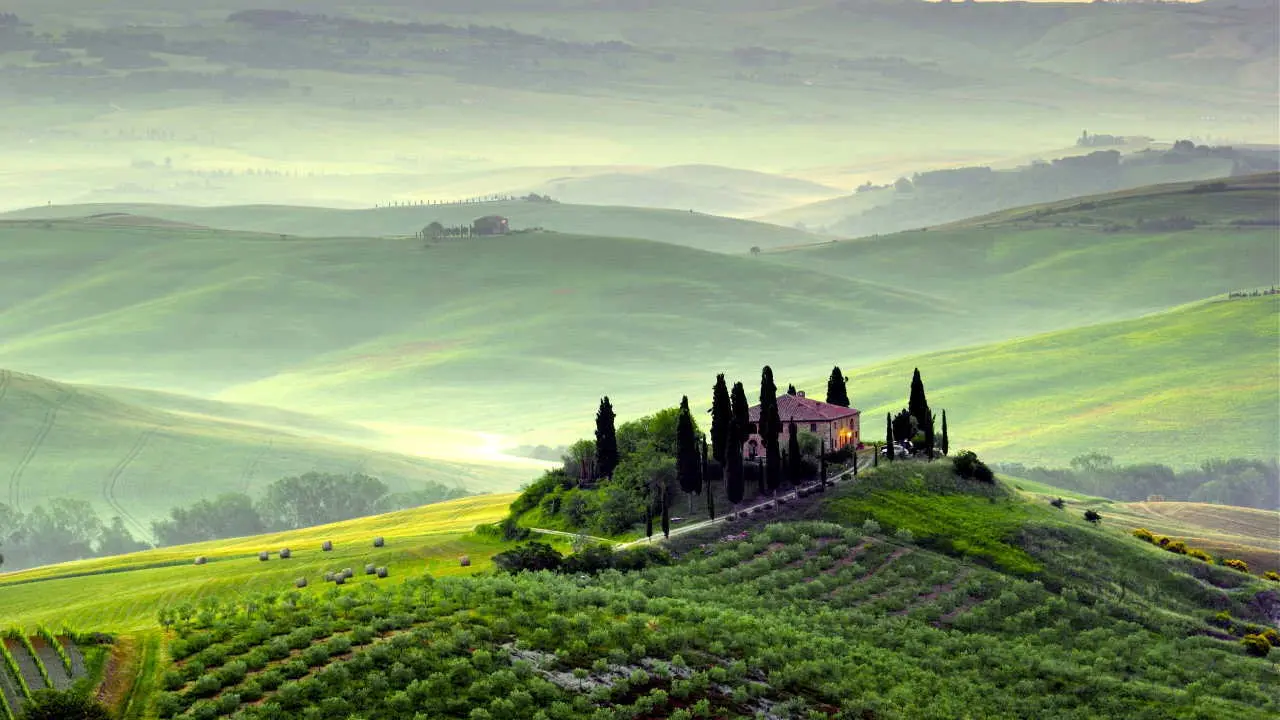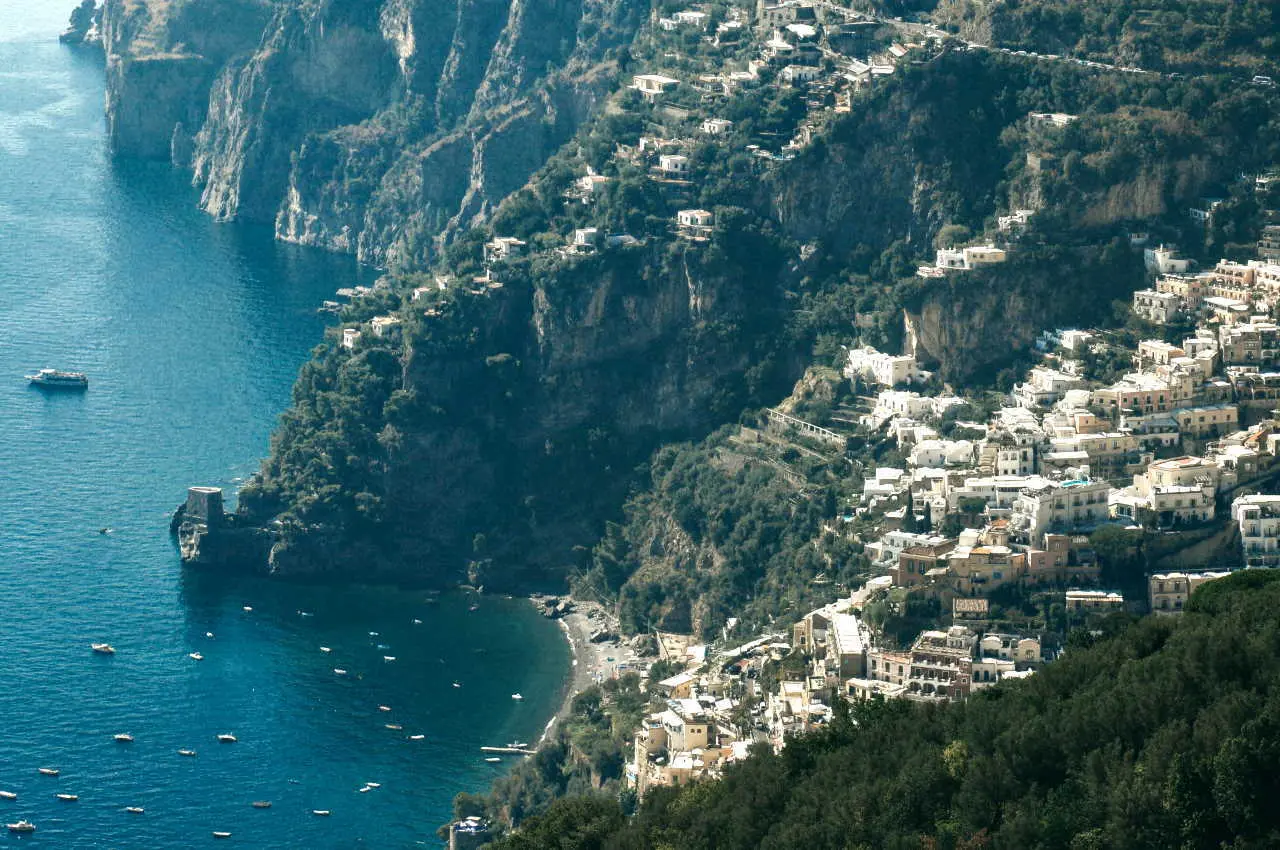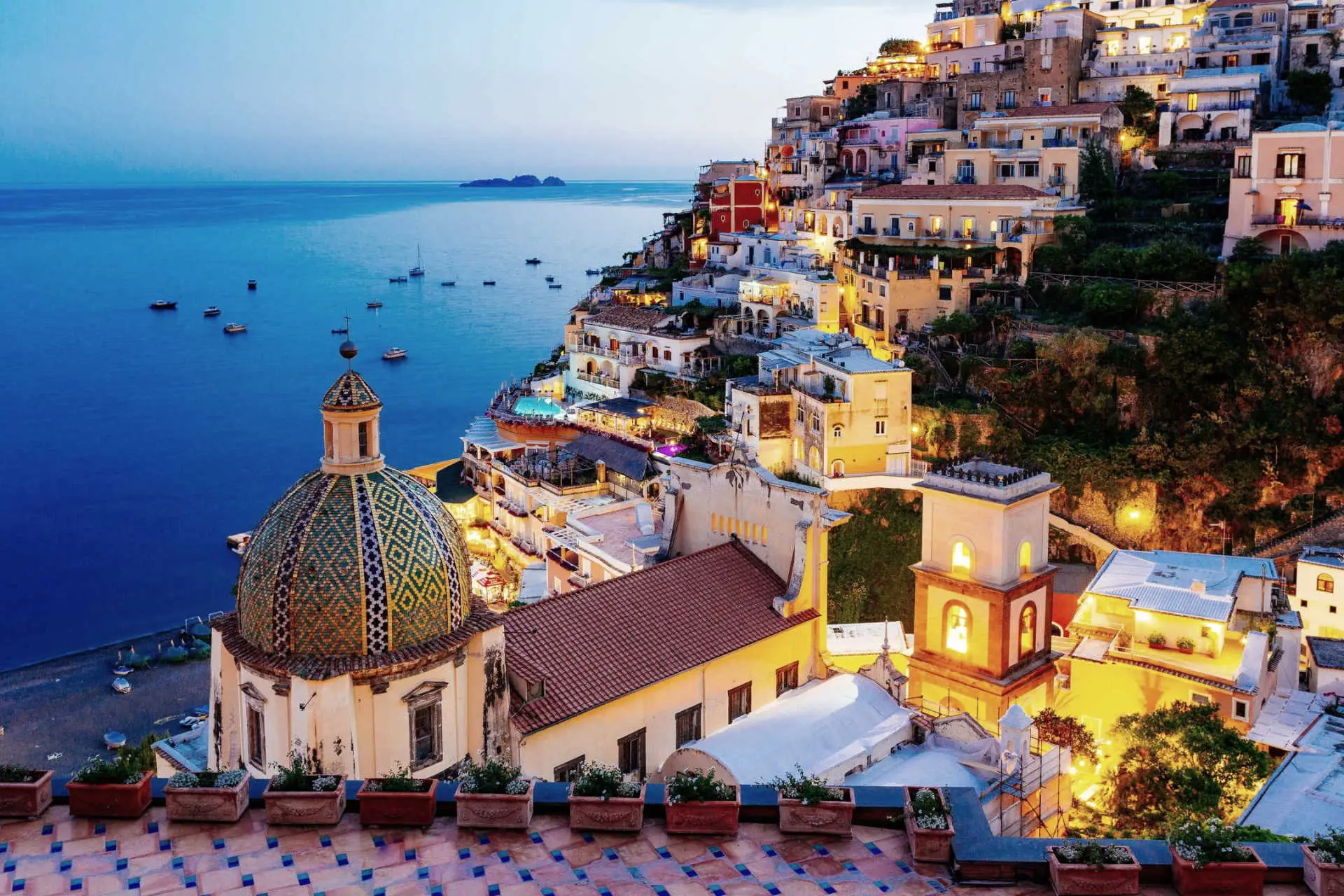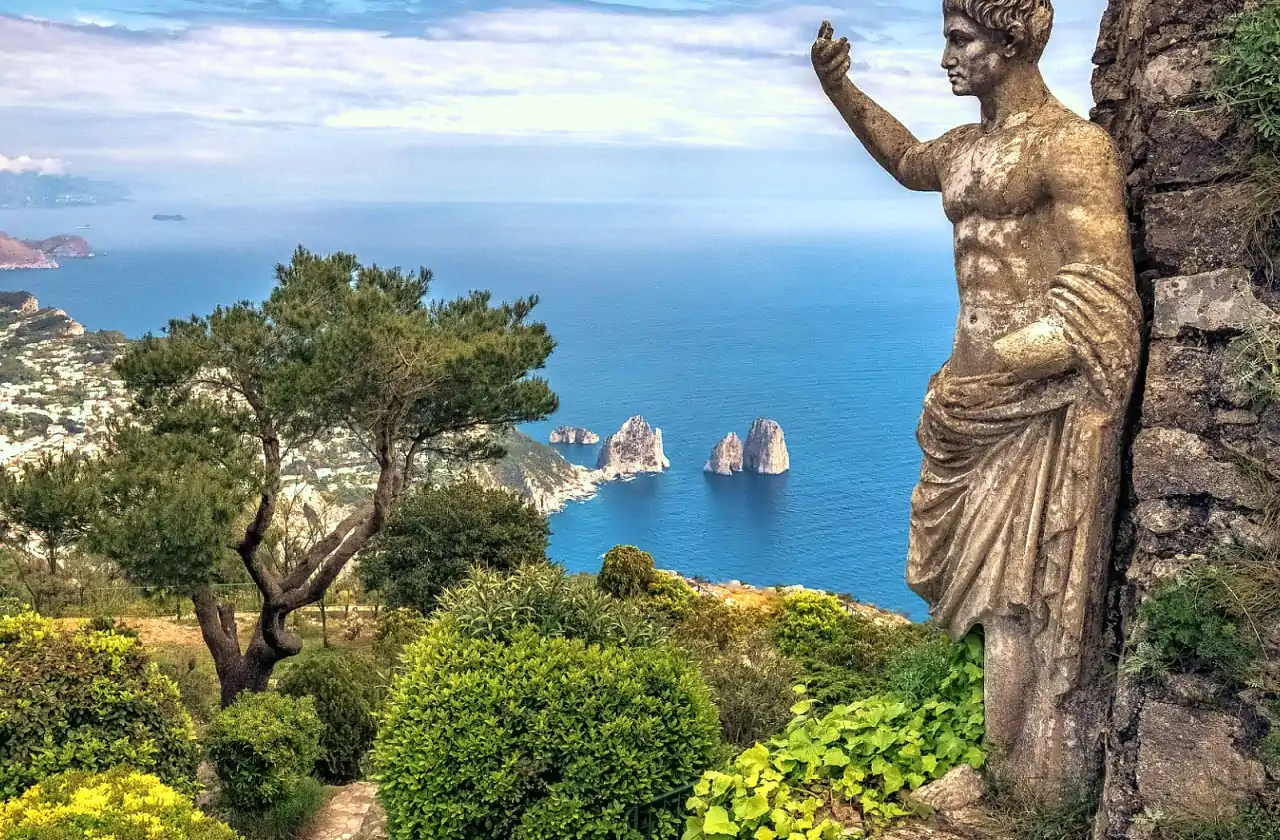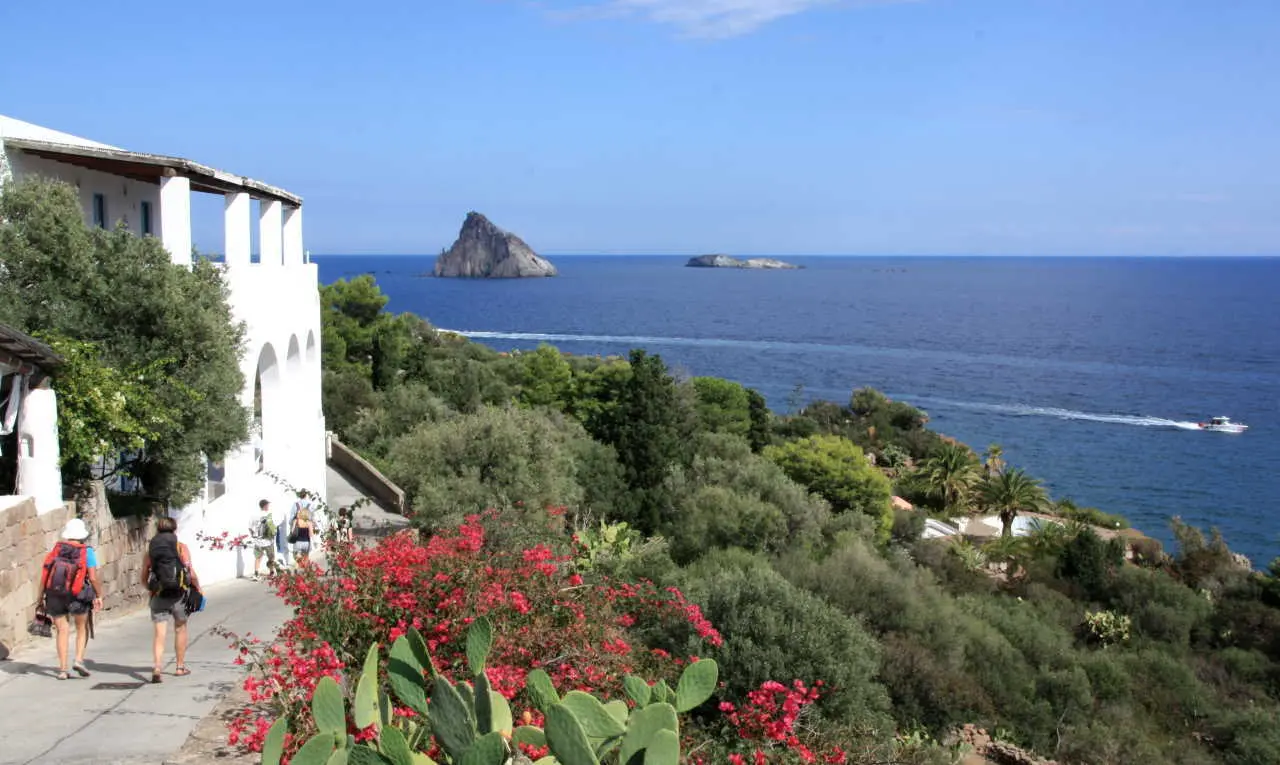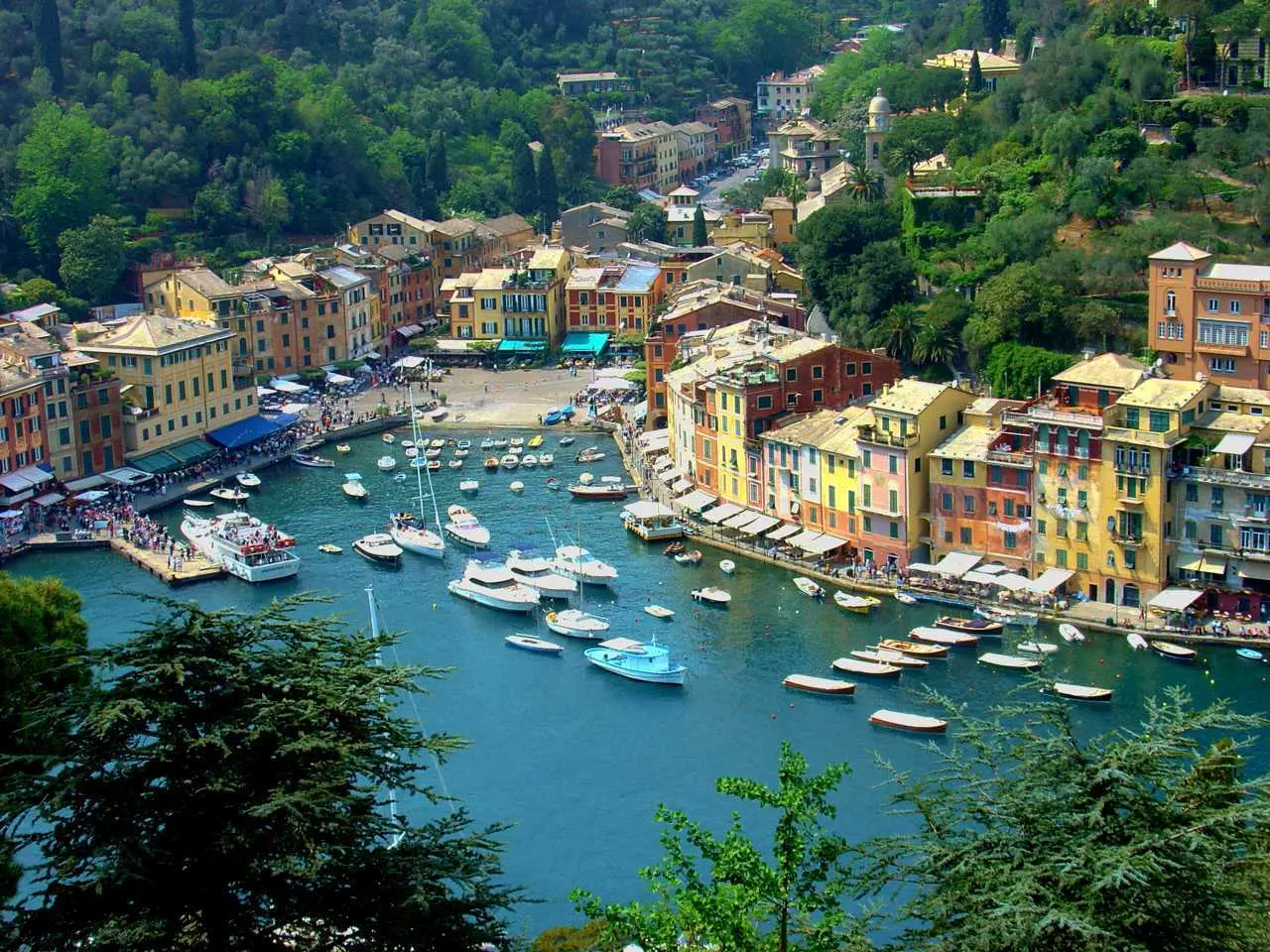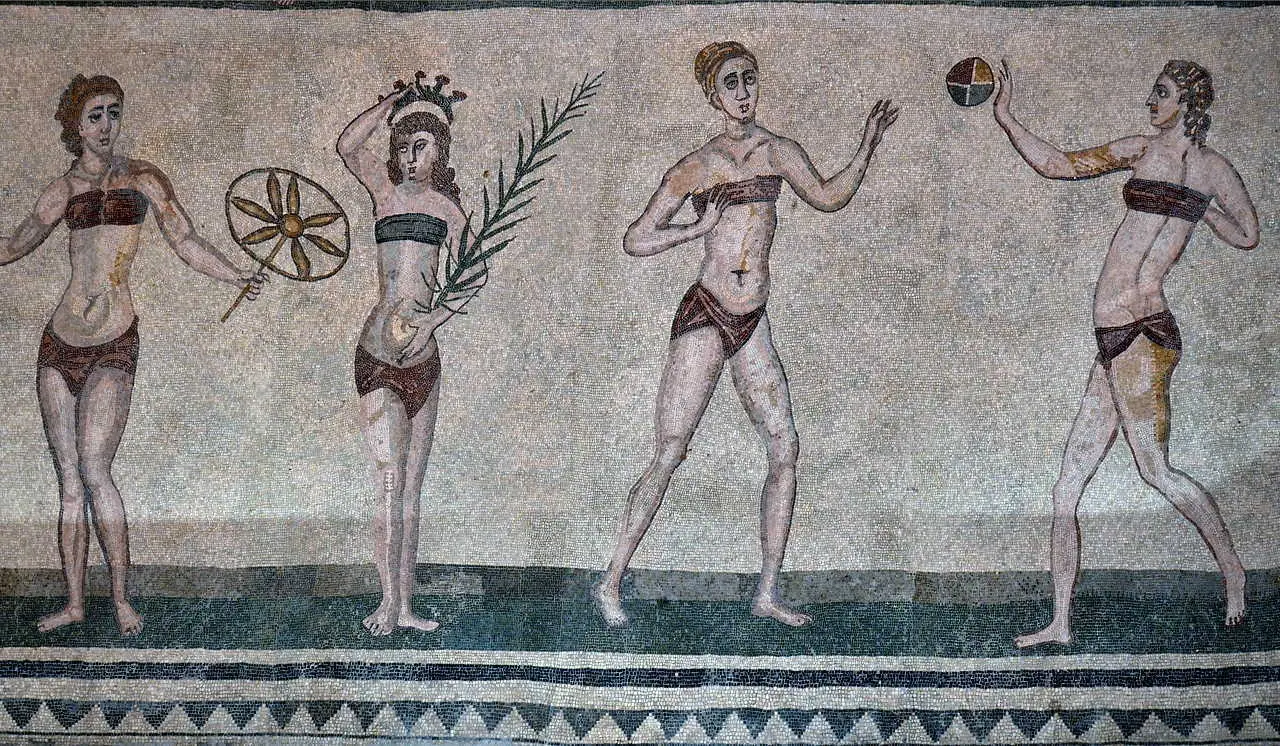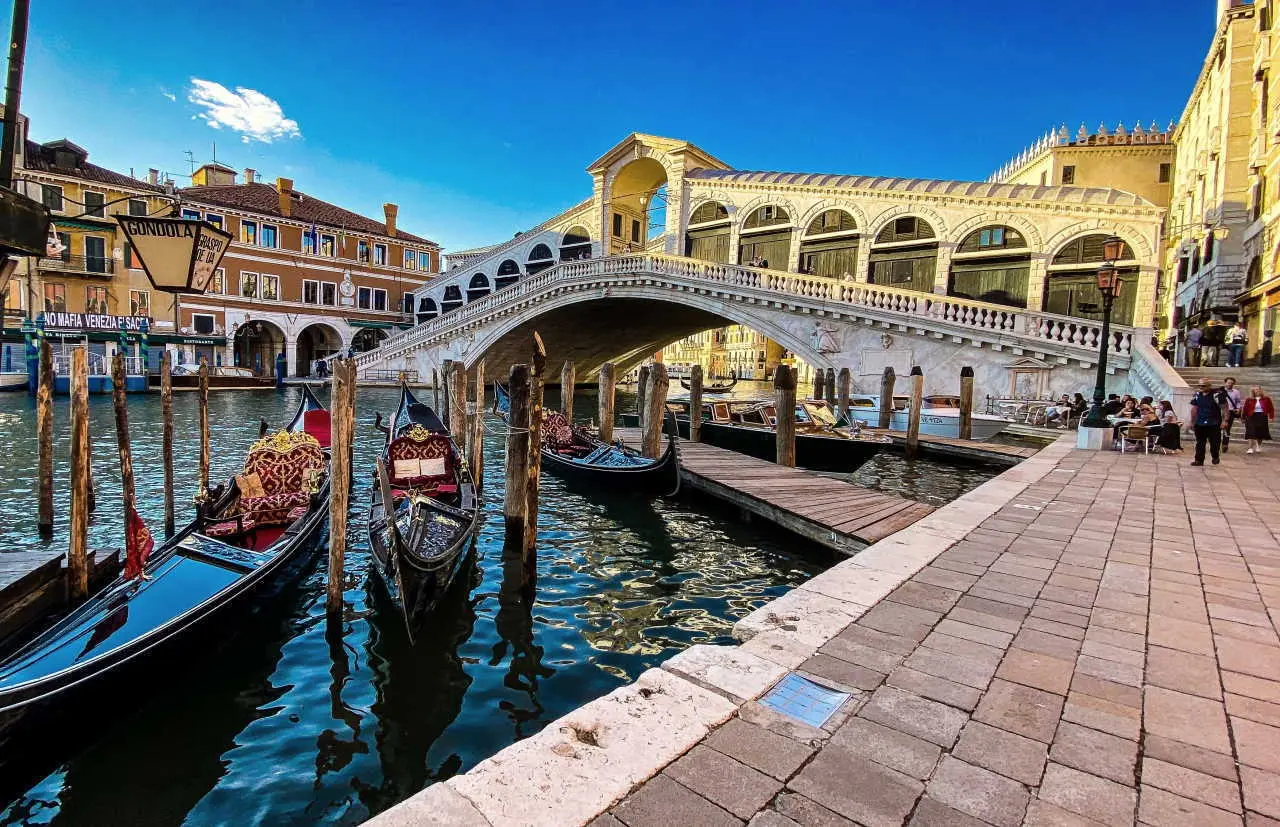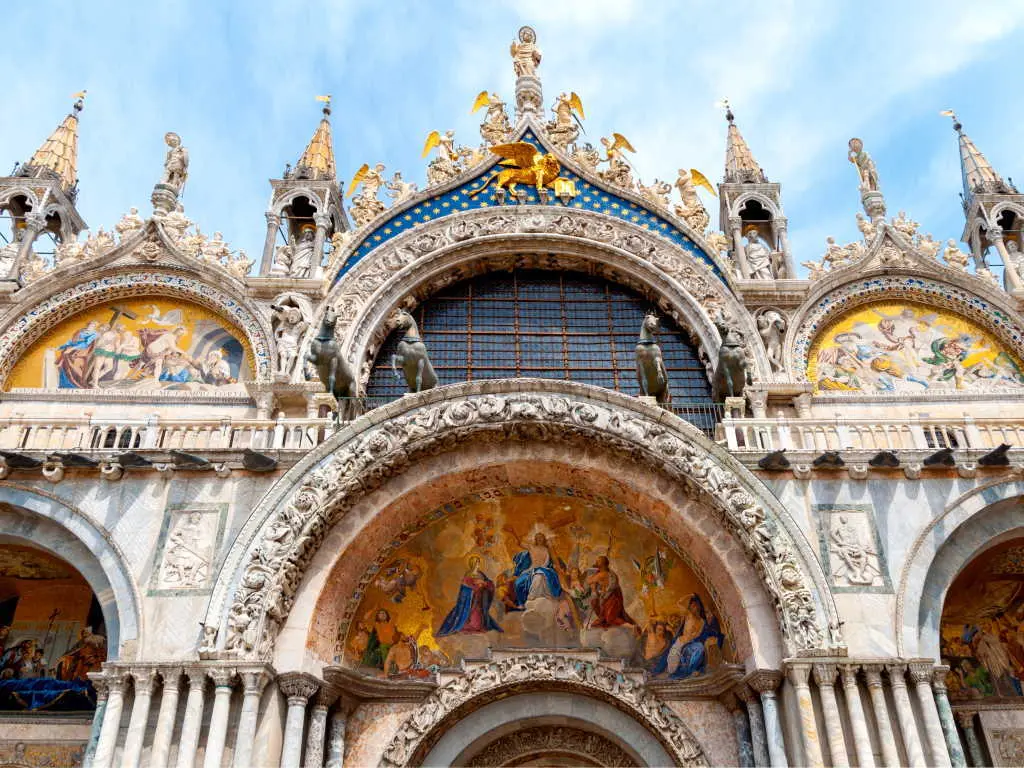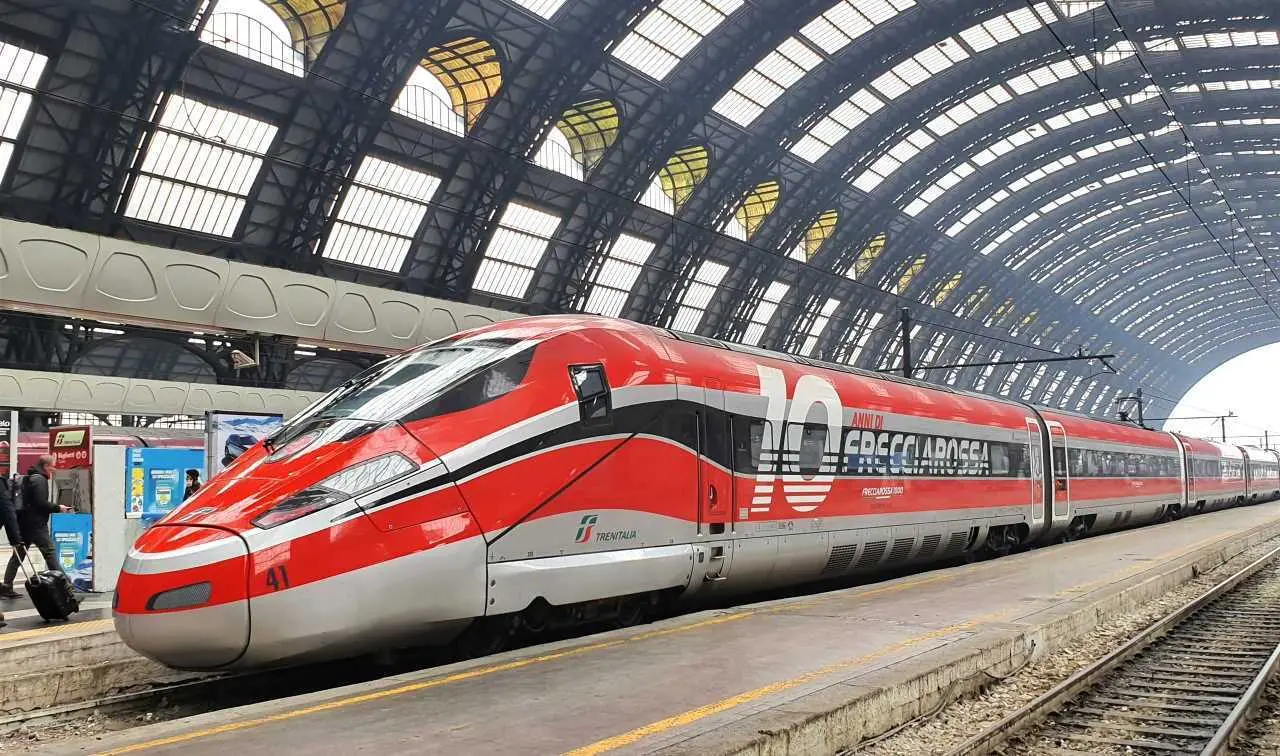The Etruscans
an enigmatic people from central Italy
The Etruscans represent one of the most enigmatic and influential civilizations of antiquity, a people who inhabited central Italy (particularly the region corresponding to present-day Tuscany, along with parts of Lazio and Umbria, which the ancients called Etruria) between the 9th and 1st centuries BC. Although much of their culture and traditions were passed on to the Romans and through them to the rest of the Western world, many aspects of Etruscan civilization remain shrouded in mystery due to the scarcity of written sources and the complexity of their language, which has been partially deciphered thanks to numerous inscriptions found.
A populated urban society, with a strong political organization based on independent city-states, yet united by a shared culture and religion.
Religion played a central role, and the Etruscan world was imbued with the concept of “divine will.” Priests, or augurs, interpreted divine signs through the observation of bird flights (augury) or the entrails of animals (haruspicy). Skilled artisans, merchants, and navigators, they excelled in advanced metalworking techniques and the production of high-quality ceramics.
Innovators in the fields of hydraulic engineering, urban planning, and funerary art, the Etruscans managed to blend local elements with Greek and Eastern influences, creating a unique style. Much of their legacy has survived thanks to tombs and cities, many of which are now archaeological sites of extraordinary interest.
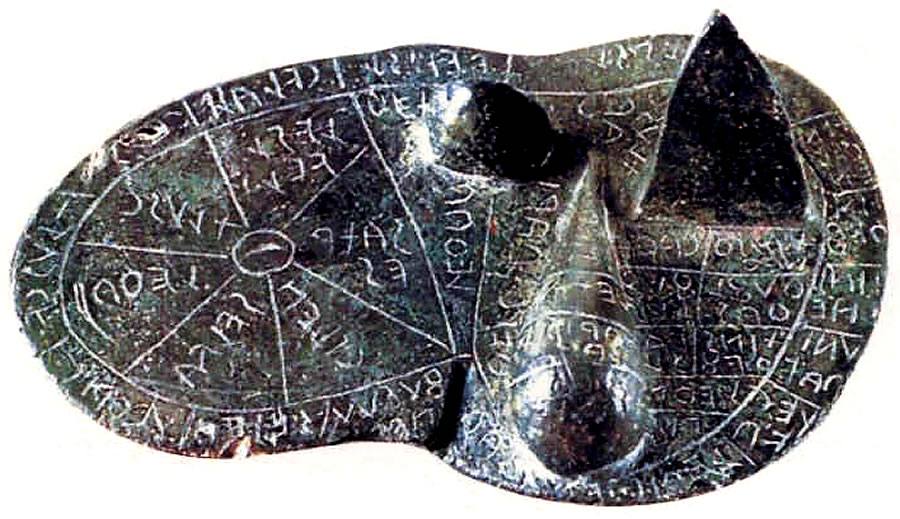
The origins of the Etruscans
The origins of the Etruscans have long been a subject of debate. According to the Greek historian Herodotus, the Etruscans originated from Lydia, a region in Anatolia, from where they would have arrived in Italy to escape a famine. In contrast, Dionysius of Halicarnassus argued that they were indigenous, an evolution of the native Italian populations. Modern research, based on archaeological and genetic studies, seems to support the indigenous hypothesis while recognizing external influences, particularly from the Greek and Eastern worlds.
The Classical Hypotheses
Herodotus (5th century B.C.): the Greek historian claimed that the Etruscans were from Lydia, a region of present-day western Turkey. According to his account, due to a severe famine, a portion of the Lydians would have emigrated under the leadership of Tyrrhenus, reaching the coasts of central Italy and giving rise to Etruscan civilization. This theory emphasizes an eastern origin and large-scale migration.
Dionysius of Halicarnassus (1st century B.C.): on the contrary, Dionysius rejected Herodotus’ hypothesis and argued that the Etruscans were indigenous, a local population that developed in place without significant external contributions. He based his position on the language and traditions, which he considered too distinct to derive from a recent migration.
Archaeological Evidence
Archaeological studies have helped to outline a more complex picture.
The material evidence shows that Etruscan civilization developed in the region of Etruria during the Iron Age, around the 9th century B.C., as an evolution of Villanovan culture.
Trade and cultural exchanges with Greek, Phoenician, and Egyptian civilizations are evident, suggesting a strong external influence, especially in the fields of art, religion, and architecture. However, there is no definitive proof of a mass migration from Anatolia.
Genetic Contributions
Recent genetic studies have provided significant, yet inconclusive data:
Analysis of ancient DNA extracted from Etruscan remains indicates a strong genetic continuity with the Neolithic populations of the Italian peninsula, supporting the indigenous hypothesis.
However, traces of genetic influences from Anatolia and the Eastern Mediterranean are present, consistent with an intense network of commercial and cultural exchanges rather than a mass migration.
Modern research tends to support that the Etruscans are an evolution of the indigenous populations of central Italy, enriched by contacts and influences from other Mediterranean cultures. Their language, still partially deciphered, and many aspects of their culture remain distinctive and unique, reinforcing the idea of a local civilization that developed independently while being open to external influences.
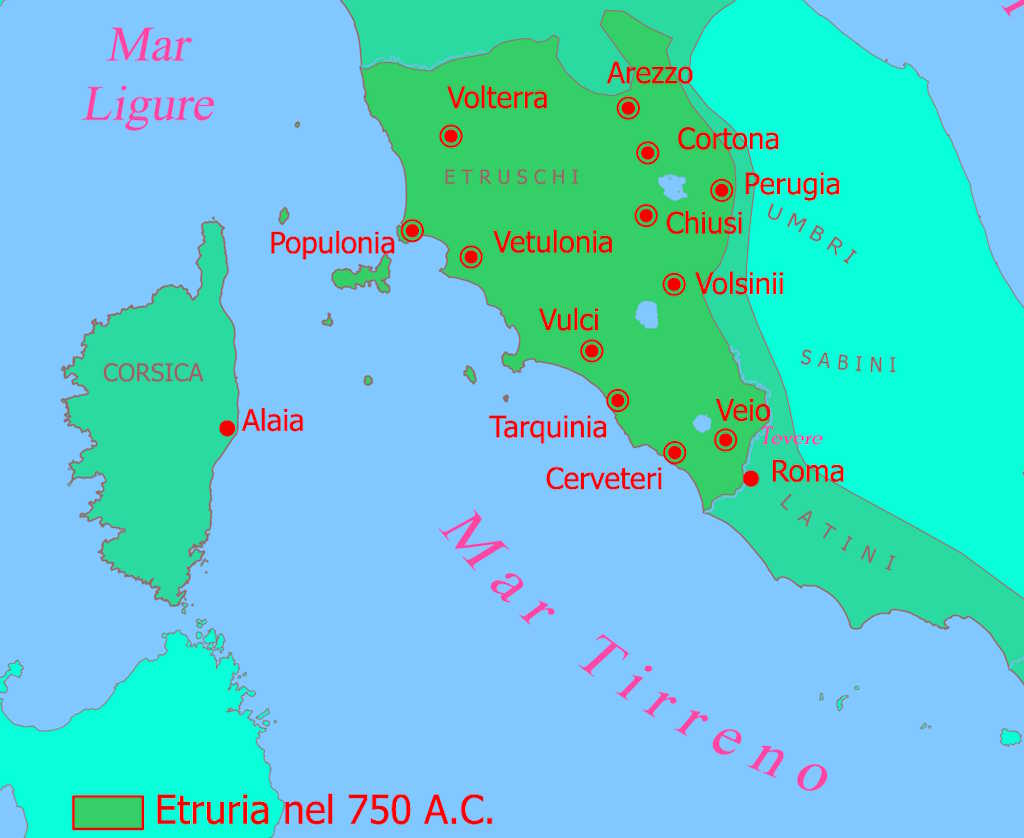
-
Build your Holiday in Italy
Holidays in Rome1.310,00€Built your Italy Tour from Milan, Visit Milan, Rome, Venice, Florence, and optional tour to Pompeii, the Island of Capri, Sorrento Coast
Italy | 4 stars | High speed | 10 days
Etruscan Civilization
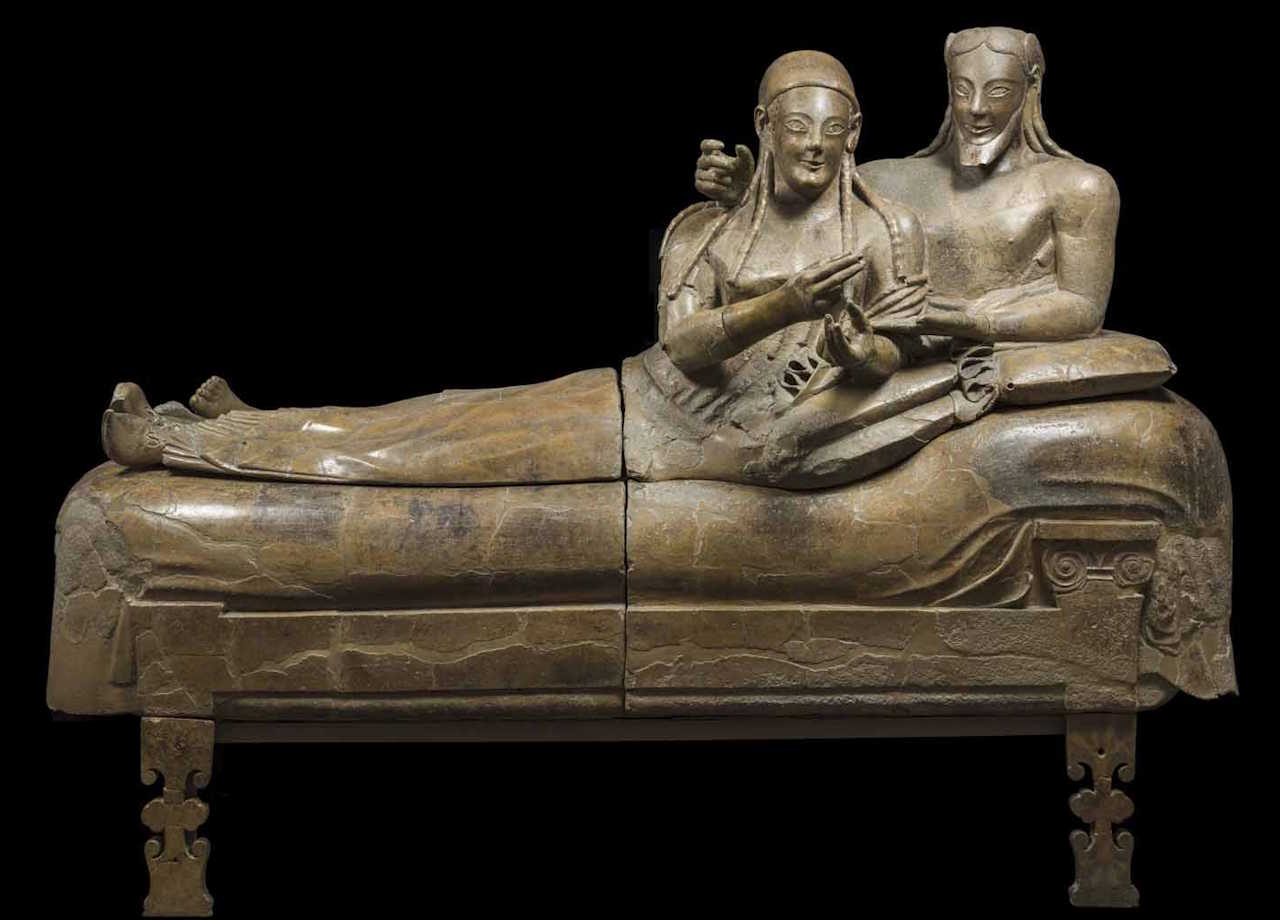
Society and Politics
Etruscan civilization was organized into a confederation of independent city-states such as Tarquinia, Cerveteri, Veio, and Chiusi. Although these cities shared language, religion, and customs, they never formed a single political entity. Power was generally concentrated in the hands of an aristocratic elite that prospered through trade, particularly in metals like iron and copper.
Economy and Trade
The Etruscans were skilled merchants and navigators, dominating the western Mediterranean before Rome’s rise. Their advantageous geographical position facilitated the development of an extensive trade network linking them to civilizations such as the Phoenicians, Greeks, and later, Carthaginians. They exported metals, ceramics, and luxury items while importing fine goods like wine, olive oil, and artistic artifacts.
Religion and Spirituality
Etruscan religion was complex and deeply influenced by Eastern and Greek beliefs. The Etruscans were profoundly spiritual, practicing a form of divination known as aruspicia, which involved interpreting the entrails of sacrificed animals, and lectio haruspicina, which studied natural signs like lightning. Etruscan tombs, richly decorated, reflect their conception of the afterlife, seen as a continuation of earthly life.
Art and Architecture
Etruscan art featured a wide range of expressions, including painting, sculpture, goldsmithing, and pottery. Tombs often adorned with frescoes, such as those from the necropolis of Tarquinia, provide extraordinary evidence of daily life, religious rites, and celebrations. The Etruscans also excelled in bronze and gold working, creating jewelry and artifacts of extraordinary beauty, like the famous buccheri, or bronze and terracotta statues such as the Apollo of Veio.
Cultural Legacy
The Etruscan influence on Roman culture is evident in various areas such as architecture (the arch and vault), religion (divination and sacred rituals), political institutions (the symbol of the fasces), and even the calendar. Their language, though nearly lost today, survives in numerous place names and terms used by the Romans. The Etruscans remain key to understanding the roots of Italian civilization.
Decline
Etruscan civilization began to decline with the expansion of Rome from the 4th century BCE. The Etruscan city-states, often divided among themselves, could not resist Roman power. With the conquest of Veio in 396 BCE and that of Tarquinia and Cerveteri in the following centuries, the Etruscans were gradually absorbed into the Roman Republic, losing their cultural and political identity.
The Etruscans, despite their disappearance as an independent civilization, left an indelible mark on the history of Italy and the Mediterranean, making them a fundamental piece for understanding the roots of Western culture.
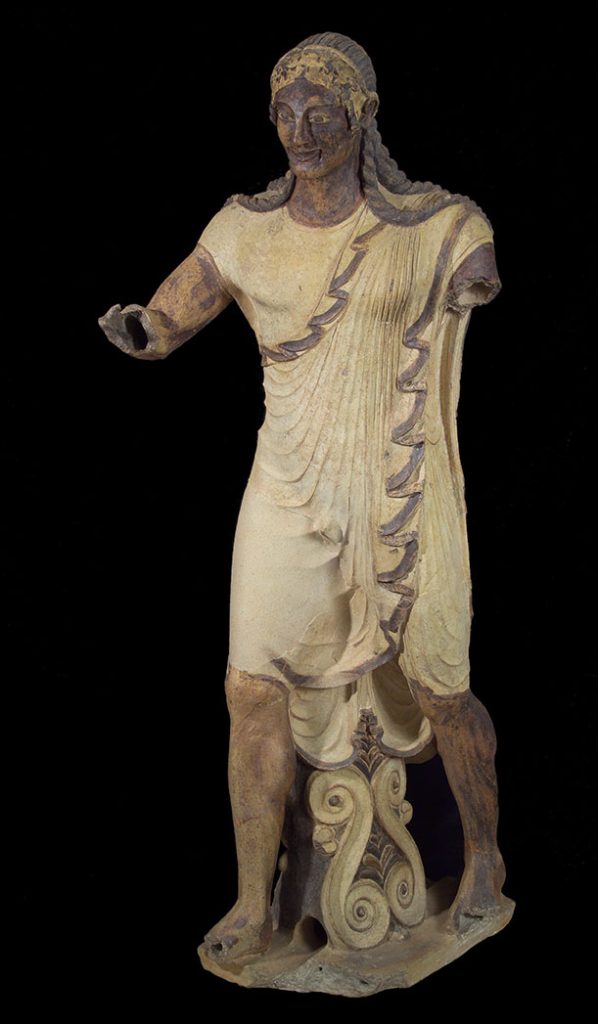
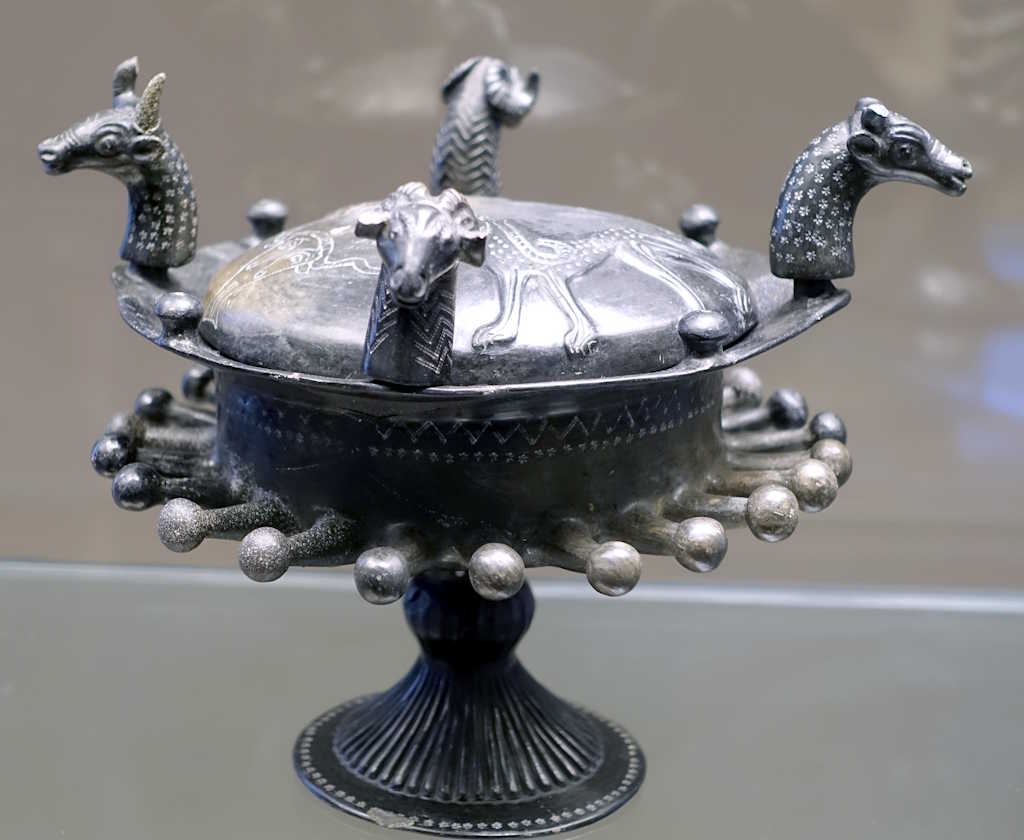
Representative sites of Etruscan civilization
Tarquinia
Tarquinia, located in present-day Lazio, is famous for its necropolises, including the UNESCO World Heritage site of the Necropolis of Monterozzi. The painted tombs, such as the Tomb of the Leopards and the Tomb of the Hunting and Fishing, provide an extraordinary testimony of Etruscan art and daily life, featuring scenes of banquets, dances, and ritual activities.
Cerveteri
Another iconic site is Cerveteri, which hosts the Banditaccia Necropolis, a vast complex of monumental tombs carved from tuff. Here you can find mound and box tombs, such as the Tomb of the Reliefs, famous for its stucco decorations depicting everyday objects and religious symbols.
Chiusi
The city of Chiusi, in Tuscany, was one of the main Etruscan centers. Here, there is an important necropolis, along with an archaeological museum that houses numerous artifacts, including cremation urns and ceramics. The hypogean tombs, such as the Tomb of the Monkey, reveal the influence of Greek culture on the Etruscans.
Volterra
Volterra, one of the oldest Tuscan cities, preserves traces of its Etruscan origins in its cyclopean walls and the famous Porta all’Arco. The city’s Etruscan museum houses a vast collection of decorated funerary urns and other artifacts that tell the story of life and death in ancient Etruria.
Vetulonia
Located in Maremma, Vetulonia is known for its monumental tombs such as the Tomb of the Little Devil and the Tomb of Pietrera. Archaeological excavations have uncovered gold and bronze artifacts of extraordinary craftsmanship, highlighting the wealth and prestige of the city.
Populonia
Populonia, the only coastal Etruscan settlement, was an important center for the processing of iron from the island of Elba. The Archaeological Park of Baratti and Populonia preserves remains of necropolises and settlements, testament to the city’s commercial importance.
Orvieto
Orvieto, known for its location on a tuff rock, was an important Etruscan center. Near the city are the remains of the Fanum Voltumnae, the federal sanctuary where political and religious meetings were held. The city also preserves a series of underground tombs, including those of the necropolis of the Crocifisso del Tufo.
Veio
Veio, one of the most powerful Etruscan cities, is famous for the Temple of Portonaccio, dedicated to the goddess Minerva. Among the most famous artifacts found here is the statue of Apollo of Veio, a masterpiece in polychrome terracotta now housed in the National Etruscan Museum of Villa Giulia, in Rome.
Perugia
Founded by the Etruscans on an ancient Umbrian settlement, Perugia boasts a history of three thousand years during which it has been one of the main lucumonies of Etruria, known as Perusna. The ancient Etruscan city walls, still visible in various sections, embrace the Colle Landone and the Colle del Sole, where the acropolis stands.
Fiesole
Although famous for its Roman and medieval period, Fiesole has evident Etruscan origins in the cyclopean walls and the remains of the acropolis. The site offers a view of the integration between Etruscan and Roman culture.
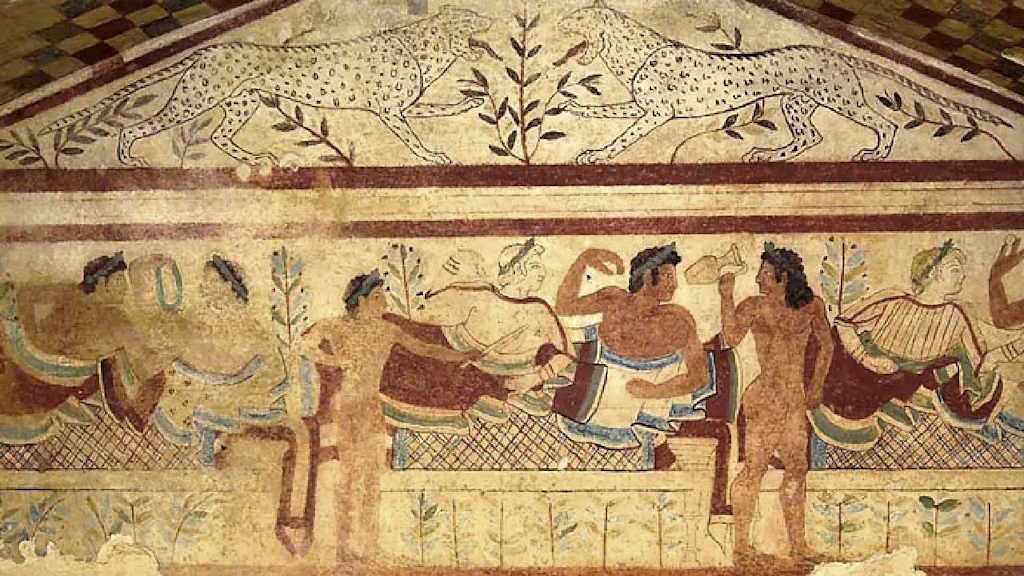
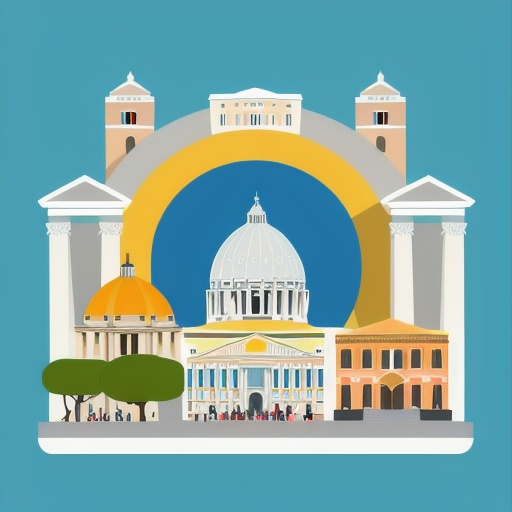
Trips in Italy
-
Apulia Escorted Tour – 9 days
Italy Tours2.854,00€Discover Puglia in nine days, starting from Bari, Trani, Castel del Monte, Alberobello, Matera, Locorotondo, Ostuni, Otranto, Lecce, Gallipoli, Martina Franca, and Polignano a Mare. Puglia | Group Travel | 4 stars | Max. 15 people | 9 days
-
Pilgrimage from Rome to Padre Pio, San Giovanni Rotondo
Holidays in Rome565,00€ – 1.261,00€By Private car and driver for 2 days to San Giovanni Rotondo
Lanciano - San Giovanni Rotondo | Private car/driver | 2 days
-
Build your Holiday in Italy
Holidays in Rome1.310,00€Built your Italy Tour from Milan, Visit Milan, Rome, Venice, Florence, and optional tour to Pompeii, the Island of Capri, Sorrento Coast
Italy | 4 stars | High speed | 10 days
-
Tour to San Giovanni Rotondo
Holidays in Rome305,00€ – 472,00€Tour to San Giovanni Rotondo, home of Padre Pio, by high speed train and transfers by car
San Giovanni Rotondo | City center | High-Speed Train | 3 days
-
Luxury Florence City break
FlorenceEnjoy a Luxury Florence City break , capital of Italy‘s Tuscany region, home to many masterpieces of Renaissance art and architecture. Argiletum Tour Special Discount Advanced Reservation
Florence | 4* Hotel | Private Tours | Private car | 4 days
-
Italy Tour from Milan
Italy Luxury Trips1.233,00€Italy Tour from Milan, Visit Milan, Rome, Venice, Florence
Italy | 4 stars | High speed | 10 days
-
Florence Art City Break
FlorenceA memorable stay to discover the treasures of Florence, home to many great masterpieces of renaissance
Florence - Pisa| 3 Stars | 3 days
-
Trip to Florence and Venice – 3 days
Florence3 days trip to Florence and Venice by high speed train, the ideal option if you want to discover a little bit of Florence and Venice
Advanced reservation ask for PROMO code
Florence-Venice | 3 - 4 stars | Guided Tours | High Speed | 3 days
-
Tour of Tuscany and Cinque Terre – Private Car and Driver
Florence688,00€ – 1.010,00€6 days Tuscany region and Cinque Terre Private Tour on a confortable Van with driver
Tuscany - Cinque Terre | Local Guides | Private car/driver | 6 giorni
-
Amalfi Coast and Sorrento Escorted Tour – 5 days
Holidays in Rome1.271,00€ – 2.658,00€Enjoy a 5 days escorted Tour of Amalfi and Sorrento from Rome, an amazing experience to discover the highlights of south of Italy: Pompeii, Sorrento, Amalfi
Amalfi - Sorrento | Guide in Pompeii | 4 stars - Half board | By Gt Bus | 5 days
-
3 days Amalfi Coast from Rome
Holidays in Rome3 days Trip Amalfi Coast from Rome - 4 star Hotel – Free time in Amalfi - Tour is ON REQUEST
Amalfi | Guide in Pompeii | 4 stars | By Gt Bus | 3 days
-
Pompeii Sorrento Capri tour 3 days from Rome
Holidays in Rome817,00€An unforgettable 3-day trip to South of Italy, guided tour of the excavations of Pompeii and visit the island of Capri
Sorrento | Guided Tour | Hotel 4 stars | By Gt Bus | 3 days
-
Sicily Escorted tour and Eolie Islands
Italy Tours1.374,00€ – 1.469,00€Sicily Escorted tour and the archipelago of Aeolian Islands, surrounded by an uncontaminated sea, and a savage beauty
Italy | Escorted Tour | 4 stars | By Gt Bus | 9 days
-
Milan to Genova and Cinque Terre Italy Rail Tour
Holidays in Rome935,00€ – 995,00€Italy Rail Tour, an independent tour to visit Milan, Genova, La Spezia, the enchanting 5 Terre, the tour ends in Rome
Italy | 4 stars | High speed | 6 days
-
Sicily Escorted Tour, Catania Catania 8 days
Food and Wine Experience999,00€ – 1.059,00€Sicily Escorted tour and the archipelago of Aeolian Islands, surrounded by an uncontaminated sea, and a savage beauty
Sicily | Escorted Tour | 4 stars | By Gt Bus | 8 days
-
Florence and Venice 4 days – Italy Tour from Rome
Italy ToursItaly Tour Package: Florence and Venice, 4 days from Rome. Visit 2 of the best art cities of Italy with an independent tour: train tickets, hotels, and guided tours
Italy | 3 stars | Guided Tours | High speed | 4 days
-
Bespoke Vacation in Italy
Italy Luxury Trips1.715,00€ – 3.993,00€Bespoke Vacations in Italy – Private Tour of Italy with your English speaking professional driver and luxury car, a tailor-made Itinerary of Italian art cities wonder
Argiletum Tour Special Discount, ask for coupon code
Italy Private Tour | Luxury car | Local Guides | 9 days
-
Italy Custom Tour Package from Rome or Venice
Italy Luxury Trips840,00€ – 1.351,00€Italy Custom Tour Package, a Tailor-Made Tour of North and South of Italy, Rome, Pompeii, Sorrento, Capri, Venice, Florence - from Rome or Venice
Italy | Guided Tours | 4 stars | High speed | 9 giorni
-
Italy Private Tour Package from Rome
Florence1.116,00€Private Tour of the Great art cities of Italy, an all-inclusive package: 4* hotels, Private Tours of Rome, Florence and Venice, and 1st class train tickets
ASK FOR PROMO CODE 10%
Rome | 4 stars | Guided Tours | 7 days
